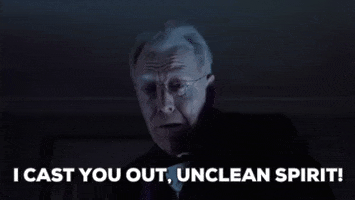Yes, as optionally offered here:
Short-course radiation therapy followed by consolidation chemotherapy may be a feasible organ preservation strategy in rectal cancer. Additional prospective studies are necessary to evaluate the safety and efficacy of this approach.

pubmed.ncbi.nlm.nih.gov
and
Non-Operative Radiation Management of Adenocarcinoma of the Lower Rectum - Full Text View - ClinicalTrials.gov
Would also boost nodes threatening CRM (30-35Gy) or involved lateral pelvic LNs (35-40 Gy)
They don't specify how many patients had 25 vs 30 Gy to primary tumor (most have to be 25 Gy as max 20 patients could have even been eligible on separate trial to have received 30 Gy)
"
Among 86 patients with an evaluable initial clinical response, the initial cCR rate after consolidation chemotherapy was 50% (43 of 86). ....
With a median follow-up of 30.1 months, the persistent cCR rate was 79% (30 of 38 patients) in the [non-operative management] cohort. "
These patients primary treated with short course RT (25 Gy) + consolidative chemo.
These are not bad numbers. There are differences in rapido volumes and treatment style compared to modern US approaches. Interesting the RAPIDO update suggesting SCRT vs. LCRT has same LRR if treated with VMAT (but not with 3DCRT). "Patients treated with 3D-CRT more often had [a locoregional recurrence] in the EXP group (12%) than in the STD group (6%) whereas no such difference was seen in patients treated with IMRT/VMAT (6% vs. 5%, respectively)."
So yes, WW is still being offered in select contexts. Still too early to be advocating for this routinely off study (I treat as written above, and always advise resection) but it is reasonable to counsel patients.



